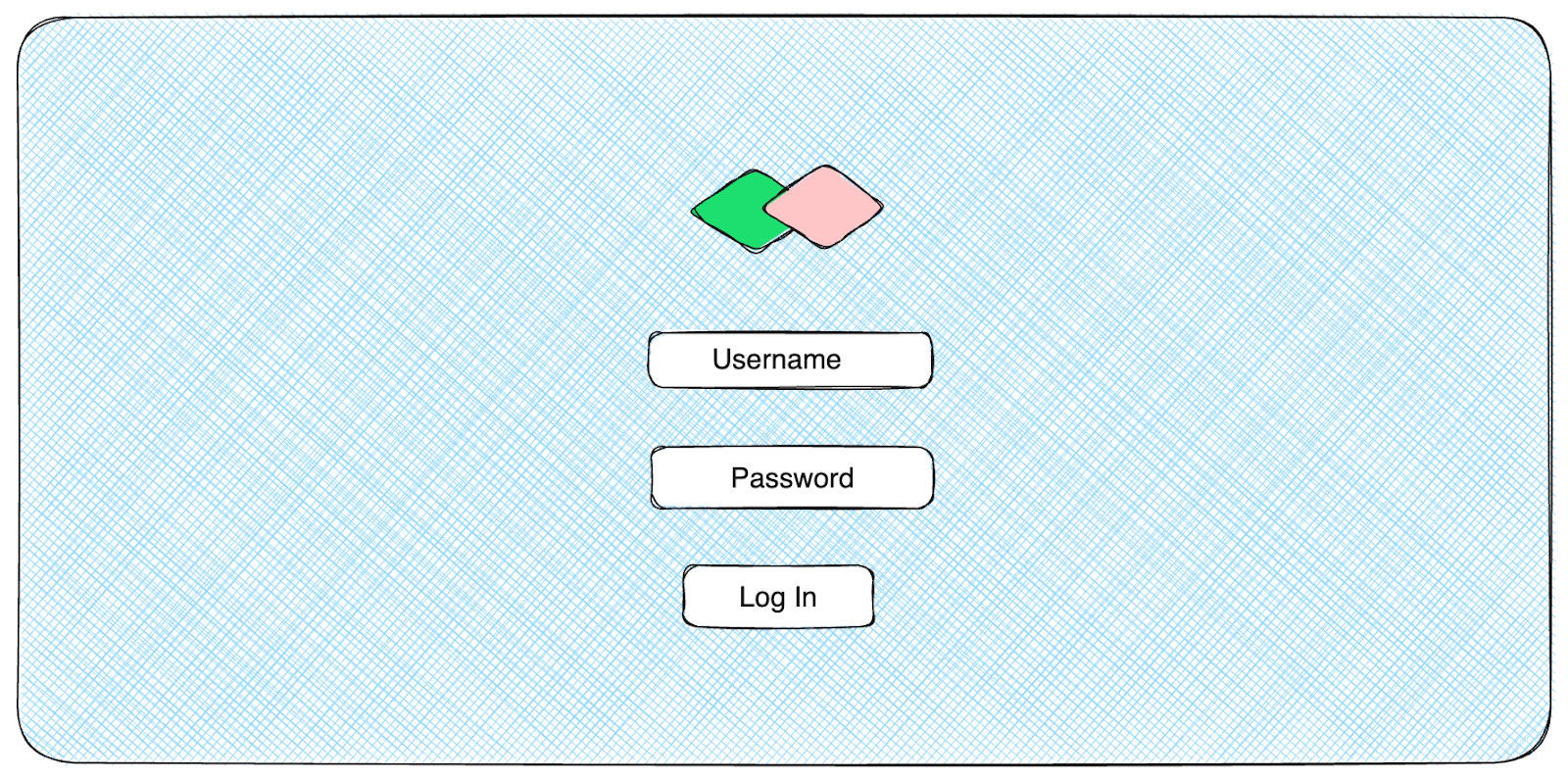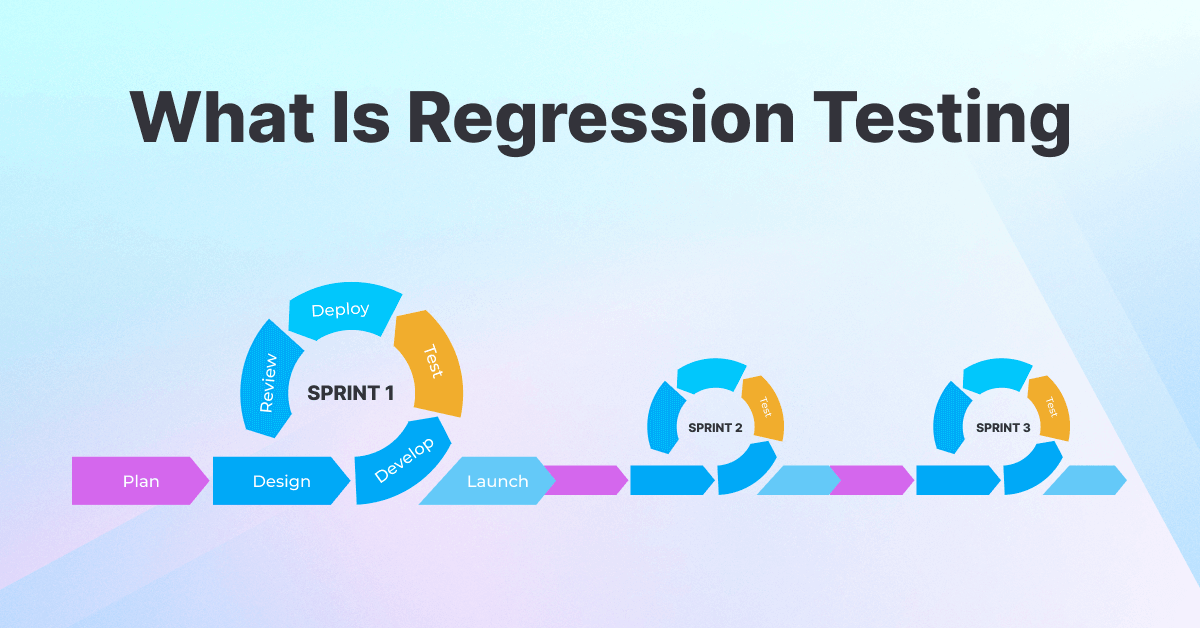Imagine opening an app or website to encounter slow loading, unresponsive pages, or frequent errors. A frustrating experience, right? The performance, without a doubt, stands as a cornerstone in defining the worth of any web application or software. This...
Imagine opening an app or website to encounter slow loading, unresponsive pages, or frequent errors. A frustrating experience, right? The performance, without a doubt, stands as a cornerstone in defining the worth of any web application or software. This is where performance testing tools come into the game and play a crucial role in the Software Development Life Cycle (SDLC).
These tools enable developers to proactively identify and eliminate performance bottlenecks, allowing applications to run seamlessly, even under the most demanding conditions.
NOTE: Getting ready for interviews and want a quick refresher before the big day? Look at our performance-testing interview questions to brush up on the topic.
TABLE OF CONTENTS
What is Performance Testing? Importance of Performance Testing Types Of Performance Testing Top 11 Performance Testing Tools in 2024 Apache JMeter LoadRunner Gatling LoadView NeoLoad WebLOAD LoadNinja BlazeMeter StormForge SmartMeter.io Rational Performance Tester How To Choose The Right Performance Testing Tool? Conclusion Frequently Asked Questions (FAQs)What is Performance Testing?
Performance Testing is the practice of testing web and mobile applications for how fast and stable a system is under various conditions. This non-functional software testing helps identify and address performance issues, ensuring the application performs effectively and meets user expectations.
The key objectives of performance testing include
Evaluating Response Time Measuring Throughput Resource Utilization Scalability Evaluation Detecting BottlenecksImportance of Performance Testing
Performance testing evaluates how a software application behaves under various workloads and identifies potential bottlenecks or issues that could affect its performance in production. Here are some key reasons why performance testing is important:
Positive User Experience: Performance testing helps identify and address performance issues before they reach users, ensuring that the software application delivers a positive and consistent experience. Identifies performance bottlenecks: Performance testing helps identify and address specific areas within the application that contribute to performance slowdowns, ensuring optimal functionality. Strategic capacity planning: Performance testing checks how well the software application handles the present workload and gives a crystal ball view of its growth potential. This helps you plan, ensuring your application is ready to meet future demands. Checks stability and reliability: Performance testing measures explicitly how well a software application stands up during those crazy internet traffic peaks. aTypes Of Performance Testing
The primary types of performance testing include:
Load Testing: Load testing is employed to evaluate the performance of an application by subjecting it to a load, typically equal to or less than the intended capacity, to assess its capabilities. Volume Testing: Volume testing assesses the behavior of an application when subjected to a huge amount of data. Stress Testing: Stress testing involves pushing the application beyond its expected limits to discover when and how it will fail. Endurance Testing: Endurance testing evaluates an application’s long-term performance under sustained load, ensuring it can maintain stability and responsiveness over extended periods of high usage. Spike Testing: Spike testing evaluates the behavior of software when subjected to a large number of user requests or traffic all at once. Scalability Testing: Scalability Testing assesses a software’s ability to manage rising levels of load, traffic, and user requests.Top 11 Performance Testing Tools in 2024
Now that we’ve got an understanding of how performance testing adds to the reliability of applications, let’s dive into a collection of the latest and most advanced tools used for performance testing:
Apache JMeter

JMeter is an open-source tool renowned for its capacity in performance testing. It is designed in Java and is known for its broad compatibility with Java-based applications. JMeter allows users to test the performance of various protocols and applications, including web services (APIs), databases, network services, etc.
Apache JMeter is a comprehensive performance testing tool that evaluates static and dynamic resources and web applications. It can effectively simulate heavy load conditions on servers, networks, objects, or groups of servers to assess their resilience and analyze overall performance under various load scenarios.
Key Features Of Apache Jmeter:
Provides a GUI (Graphical User Interface) that allows users to create test plans without extensive scripting. Offers centralized control over multiple load injectors, ensuring efficient test execution. Its intuitive interface visualizes load-related metrics and resource usage, enabling comprehensive performance analysis. Protocols supported: HTTP, HTTPS, FTP pSMTP, POP3, IMAP, TCP, UDP, JMS, SOAP, REST, JDBC, etc.Integration:
Effortlessly integrates with CI/CD pipelines, identifying and addressing issues early in development. Integrates seamlessly with Tomcat collectors (embedded web server in Spring Boot applications) for real-time monitoring capabilities. Integrates with Selenium to provide combined functional and performance testing of web applications, providing a comprehensive view of application behavior under load. Integrates with Application Performance Management(APM) tools such as AppDynamics and Dynatrace for in-depth performance analysis.LoadRunner

Micro Focus LoadRunner is a software testing tool to evaluate a program’s performance, system behavior, and application software under diverse load conditions. LoadRunner allows the creation of scripts that simulate user actions, enabling the emulation of real-world user behavior.
Key Features Of LoadRunner:
Enables the creation of test scenarios that define the user load, duration, and other parameters to simulate realistic usage patterns. Virtual User Generator (VuGen) assists in creating virtual users by recording user interactions or manually developing scripts. Provides detailed monitoring tools to analyze system resources, identify bottlenecks, and diagnose performance issues during test execution. Offers robust reporting features to analyze test results, identify performance metrics, and generate comprehensive reports for stakeholders. Supports cloud-based load testing, allowing users to leverage cloud infrastructure for scalability and distributed testing. Protocols Supported: HTTP, HTTPS, SOAP, REST, and more.Integration:
Integrates with Jenkins and Azure DevOps to automate performance testing within CI/CD pipelines.
Integrates with Application Performance Management(APM) tools such as AppDynamics and Dynatrace for in-depth performance analysis.
Integrates with test management tools like qTest and PractiTest to streamline test execution, track results, and provide centralized access to performance test data.
Gatling
![]()
Gatling, is a free and open-source load and performance testing framework based on Scala. It effectively simulates user behavior by creating virtual users. This allows developers to evaluate an application’s scalability, throughput, and dependability under different load conditions.
Key Features Of Gatling:
Utilizes asynchronous and non-blocking I/O principles for efficient load generation without excessive resource usage. It leverages the Akka toolkit to achieve high concurrency, allowing concurrently simulating a large number of users. Employs a declarative Domain Specific Language (DSL) for defining test scenarios, making scripts readable and maintainable. Gatling Recorder allows users to generate test scenarios by recording interactions with a web application, simplifying script creation. It delivers insightful, visually compelling reports that guide analyzing performance metrics and identifying bottlenecks with precision. Protocols Supported: HTTP, WebSockets, Server-sent events, JMS.Integration:
Seamlessly integrates with widely-used build tools like Maven and Gradle, which helps streamline test execution and workflow integration. Effortlessly links with CI/CD tools like Jenkins and Bamboo, enabling automated performance testing within CI/CD pipelines. Integrates with Application Performance Management(APM) tools such as AppDynamics and Dynatrace for in-depth performance analysis.LoadView

LoadView is a cloud-based load-testing platform, used to assess the performance of web applications by simulating user traffic under various conditions. It generates multi-step scripts that replicate real-world user interactions, providing an accurate assessment of application behavior under stress. With LoadView, testers can gain in-depth insights into the actual performance of your applications as user traffic increases.
LoadView leverages the power of cloud infrastructure, utilizing AWS and Azure to provide a scalable and robust testing environment for even the most complex projects. It offers three distinct load curves – Load Step, Dynamic Adjustable, and Goal-based – enabling comprehensive analysis of traffic spikes, scalability limits, and infrastructure constraints.
Key Features Of LoadView
It allows us to conduct website load tests from various locations worldwide using a network of global injectors. Provides dedicated IPs that can be authorized and controlled, enabling secure performance testing behind firewalls. Provides reference servers, detailed waterfall charts, dynamic variables, and load injector controls, enabling in-depth analysis of performance metrics and fine-tuning of test scenarios. Protocols Supported: Flash, Silverlight, Java, HTML5, PHP, RubyIntegration:
Seamless integration with CI/CD platforms like Jenkins and Azure DevOps. Integrates with Application Performance Management(APM) tools such as AppDynamics and Dynatrace for in-depth performance analysis.NeoLoad

Tricentis NeoLoad load testing tool enables continuous performance testing of web-based and mobile apps, APIs, and microservices. It utilizes the use of RealBrowser technology to enable browser-based performance for powerful customized web apps as well as cloud-native ones. This allows users to collect client-side end-user metrics while doing back-end testing utilizing a protocol-based method. It simulates high-load scenarios in an end-to-end testing environment, replicating real-world user experiences to uncover potential bottlenecks before deployment.
Key Features Of NeoLoad:
Provide a scriptless approach. Supports dynamic infrastructure scaling that allows you to simulate different user loads to evaluate the scalability of an application. Facilitates collaboration among team members by allowing shared test design and result analysis. It offers features to automatically optimize test design to enhance the efficiency of performance tests. Protocols Supported: HTTP, HTTPS, SOAP, REST, Flex Push, AJAX PushIntegration:
Integrates with AWS and Azure or heavy load generation capacity and scalability. It integrates with virtualization platforms that allow efficient resource utilization. Integrates with cloud infrastructure, allowing users to leverage its benefits for scalable and distributed testing. Integrates with Application Performance Management(APM) tools such as AppDynamics and Dynatrace for in-depth performance analysis.WebLOAD

WebLOAD is a performance testing tool designed to assess web applications’ performance, scalability, and reliability. It allows organizations to simulate user interactions, generate virtual users, and apply varying loads to test how web applications respond under different conditions.
WebLOAD has various distinctive components, including an IDE, a Load Generation Console, and an advanced Analytics Dashboard.
Key Features Of WebLOAD
It handles dynamic data like session IDs to ensure seamless script execution across multiple virtual clients. Facilitates generating virtual users to simulate realistic loads on web applications. Protocols Supported: HTTP, HTTPS, WebSocket, SOAP, etc.Integration:
Integrates with CI/CD platforms like Jenkins and Azure DevOps for automated performance testing within CI/CD pipelines. Integration with Application Performance Management (APM) tools like AppDynamics and Dynatrace.LoadNinja

LoadNinja, from SmartBear, streamlines load testing with its intuitive scriptless approach, enabling the rapid creation of sophisticated load tests without complex scripting. It replaces traditional load emulators with real browsers, providing realistic performance insights, and delivers actionable, browser-based metrics at an exceptional speed.
Key Features Of LoadNinja:
Offers scriptless load test creation and playback. It can operate with real browsers to provide an authentic user experience and uncover performance issues. Inject dynamic data into your tests to mirror genuine user experiences. Protocols Supported: HTTP, HTTPS, SAP GUI Web, WebSocket, Java-based protocol, Google Web Toolkit, Oracle formsIntegration:
Integrates with CI/CD platforms like Jenkins and Azure DevOps for automated performance testing within CI/CD pipelines. Integration with Application Performance Management(APM) tools like AppDynamics and Dynatrace. It integrates with test management systems (TMS) like Jira, TestRail, and Azure DevOps test plans.BlazeMeter
![]()
BlazeMeter is a cloud-based performance testing platform. It allows users to conduct scalable and on-demand performance testing for web and mobile applications, simulating a high volume of virtual users to assess their performance under various conditions. BlazeMeter provides comprehensive testing, reporting, and analysis tools to optimize application performance.
Key Features Of BlazeMeter:
Offers scalable load generation that enables testers to simulate high user loads and evaluate system performance across diverse traffic conditions using cloud infrastructure. Allows users to simulate load from various geographic locations, assessing the application’s performance under different network conditions. It allows testers to access load test data from various sources, including spreadsheets, synthetic data generation, TDM Database Models, or a combination of these options. Protocols Supported: HTTP/HTTPS, HTTP2, .NET, WebDev, GWT, Respect, and 50+ more.Integration:
Integration with Jenkins, GitLab, and Bamboo automates CI/CD pipeline performance testing. Compatible with widely-used testing such as JMeter, Gatling, and Selenium, accompanied by an intuitive GUI-based editor for crafting test scenarios. Integrates with Application Performance Management(APM) tools like New Relic and Dynatrace.StormForge

StormForge focuses on optimizing and automating Kubernetes applications. It provides tools for application performance testing, cost analysis, and optimization, helping organizations enhance the efficiency and reliability of their containerized applications running on Kubernetes.
StormForge supports scalability testing to evaluate how well applications can handle varying workloads and demands.
Key Features Of StormForge:
Offers automated tools for optimizing Kubernetes applications, streamlining the process of enhancing performance and efficiency. It allows users to analyze and optimize costs associated with running applications on Kubernetes and ensures efficient resource utilization. It uses the machine learning concept to provide data-driven recommendations for improving application performance and resource utilization. Protocols Supported: HTTP, HTTPS, TCP, and gRPC protocols.Integration:
Integrates with cloud platforms like AWS, Azure, and Google Cloud Platform (GCP), enabling performance testing of cloud-based applications. Integrates with Test Management Systems (TMS) like Jira, TestRail, and Azure DevOps Test Plans, facilitating seamless test execution and result tracking. Integrates with virtualization platforms like VMware vSphere and Microsoft Hyper-V. It integrates with Jenkins, GitLab, and Bamboo, automating performance testing in the CI/CD pipeline. Integration with Application Performance Management(APM) tools like New Relic and Dynatrace.SmartMeter.io
![]()
SmartMeter.io emerges as a compelling alternative to JMeter, addressing its shortcomings and streamlining performance testing. Its intuitive Recorder tool facilitates effortless scriptless test scenario creation through its intuitive Recorder tool while retaining the flexibility for advanced test modifications. SmartMeter.io also shines in comprehensive test reporting and leverages functions for enhanced test automation and reusability.
Key Features Of SmartMeter.io:
It automatically generates reports with all details about the test and its results. Offers exceptional support for performance testing of Vaadin applications. It executes GUI tests and provides real-time monitoring during test execution, offering insights into system resources, response times, and other key performance metrics. Protocols Supported: HTTP, JDBC, LDAP, SOAP, JMS, FTPIntegration:
Integrates with cloud platforms like AWS, Azure, and Google Cloud Platform (GCP), enabling performance testing of cloud-based applications. Integrates with Test Management Systems (TMS) like Jira, TestRail, and Azure DevOps Test Plans, facilitating seamless test execution. Integrates with virtualization platforms like VMware vSphere and Microsoft Hyper-V. It integrates with Jenkins, GitLab, and Bamboo, automating performance testing in the CI/CD pipeline.Rational Performance Tester

Rational Performance Tester (RPT), a performance testing tool developed by IBM, empowers development teams to create, execute, and analyze performance tests, ensuring the scalability and reliability of web-based applications before deployment. It is an automated performance testing tool that can be used for a web application or a server-based application where input and output are involved.
Key Features Of Rational Performance Tester(RPT):
Allows users to record and playback scripts to simulate user interactions with web applications. Supports data parameterization that allows users to inject dynamic data into scripts for more realistic and varied test scenarios. Provides real-time reports for immediate issue identification. Capable of running large multi-user tests for comprehensive load testing. Protocols Supported: Citrix, Socket Recording, Web HTTP, SOA, SAP, XML, Websphere, Weblogic.Integration:
Integrates with the IBM Engineering Lifecycle Management (ELM) suite for enhanced collaboration and test management capabilities. Integrates with CI/CD pipelines to allow automated performance testing as part of the development workflow. Integrates with external monitoring tools like Grafana, InfluxDB, or Prometheus, enhancing its monitoring and analysis capabilities during load tests. Integration with Application Performance Management(APM) tools like New Relic and Dynatrace.How To Choose The Right Performance Testing Tool?
Choosing the right performance testing tool is crucial for ensuring the effectiveness and efficiency of your testing efforts. Here are some key factors to consider when choosing:
Testing Objectives: Identify specific testing goals and business requirements. Ensure the tool aligns with your objectives, such as load, stress, or scalability testing. Supported Protocols: Assess if the tool supports protocols relevant to your application. Ensure it covers HTTP, HTTPS, TCP/IP, or other protocols crucial for your system. Realistic Load Simulation: Evaluate the tool’s capability to simulate real-world conditions. Check if it can replicate various user loads and network conditions accurately. Reporting and Analysis: Analyze the reporting features. Look for tools offering comprehensive reports with detailed insights into performance metrics like response times, errors, and resource utilization. Integrations: Consider tool compatibility with other systems. Check if it integrates seamlessly with CI/CD pipelines, APM tools, or IDEs you use in your development environment. Cost and Licensing: Assess the tool’s cost against its features and benefits. Consider licensing models, ongoing support, and any hidden costs associated with scaling or additional features. Choose a tool that fits your budget and provides value for your investment.Conclusion
Choosing an appropriate performance testing tool is critical for attaining optimal software performance and a consistent user experience. These tools do more than just save time and money; they also protect software’s reputation in today’s demanding digital marketplace. In this blog, we’ve discussed that performance testing tools guarantee that software constantly surpasses user expectations and stays robust even under the most demanding situations by painstakingly assessing application performance under various load conditions, ranging from normal usage to peak traffic scenarios.
In a world of tough competition and decreasing user tolerance for slow apps, choosing the correct performance testing tool becomes a strategic difference, accelerating software quality and encouraging user pleasure and loyalty. It is more than simply a tool; it is an investment in the cornerstone of software success.
Frequently Asked Questions (FAQs)
Which factors to consider while selecting a performance testing tool?
To make an informed choice, consider the following 6 key factors: Testing Objectives, Supported Protocols, Realistic Load Simulation, Reporting and Analysis, Integrations, Cost and Licensing.
How do performance testing tools simulate real-world user loads and conditions?
To replicate real-world user interactions, performance testing tools employ virtual users to simulate diverse scenarios and behaviors. The tools precisely control the load, mimicking different levels of user traffic, and manipulate network conditions, introducing delays or bandwidth limitations to reflect real-world network fluctuations.





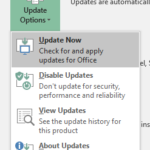

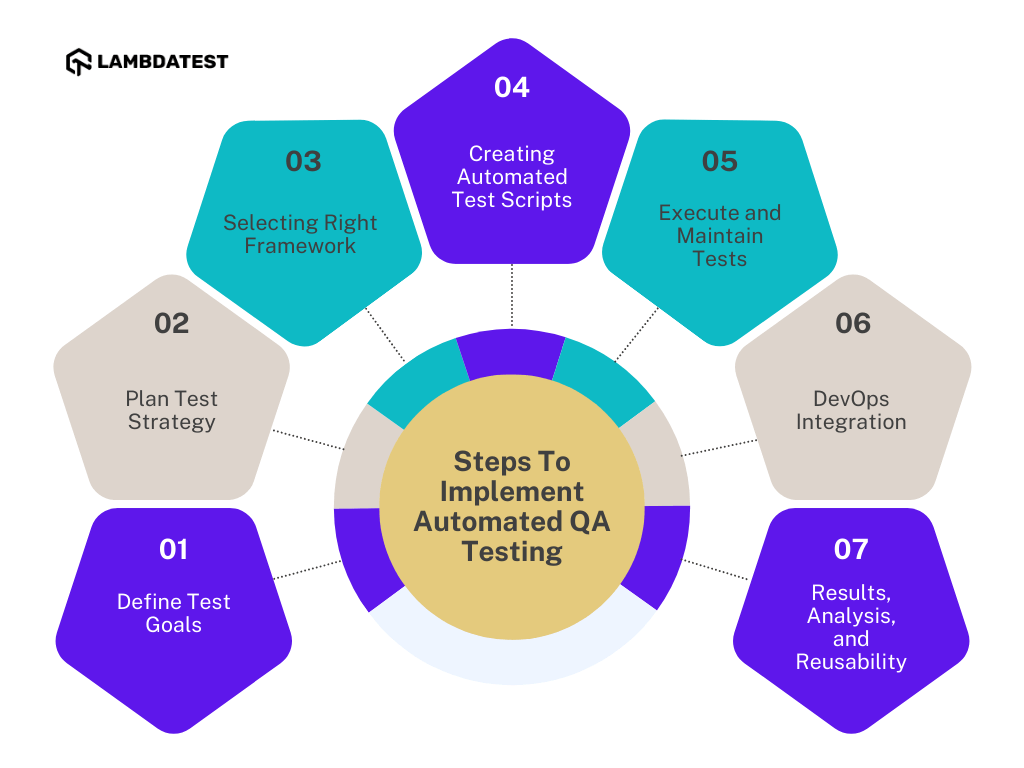
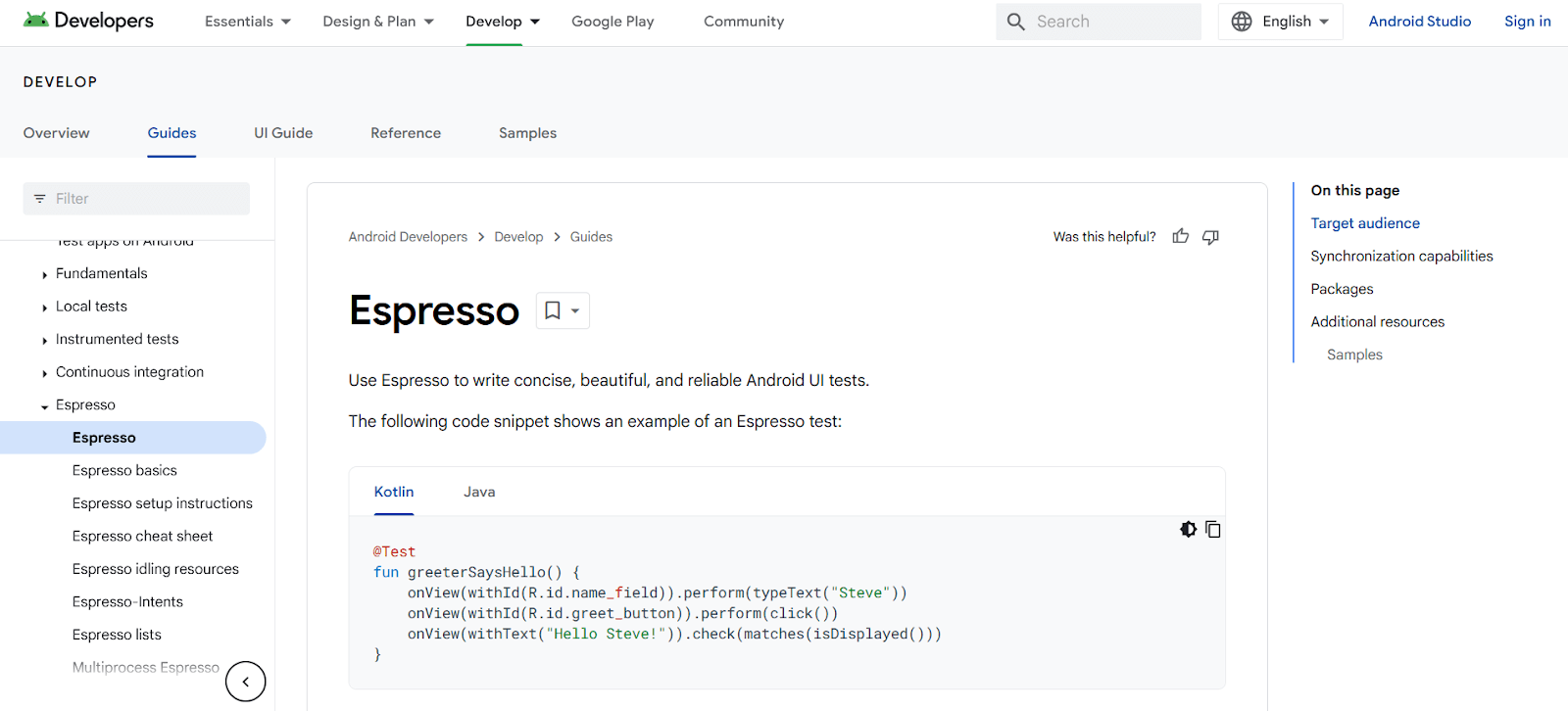
![22 Best iOS Emulators for PCs (Windows and macOS) [2024]](https://www.lambdatest.com/blog/wp-content/uploads/2023/12/unnamed-2023-12-20T140252.138-1-1.png)

